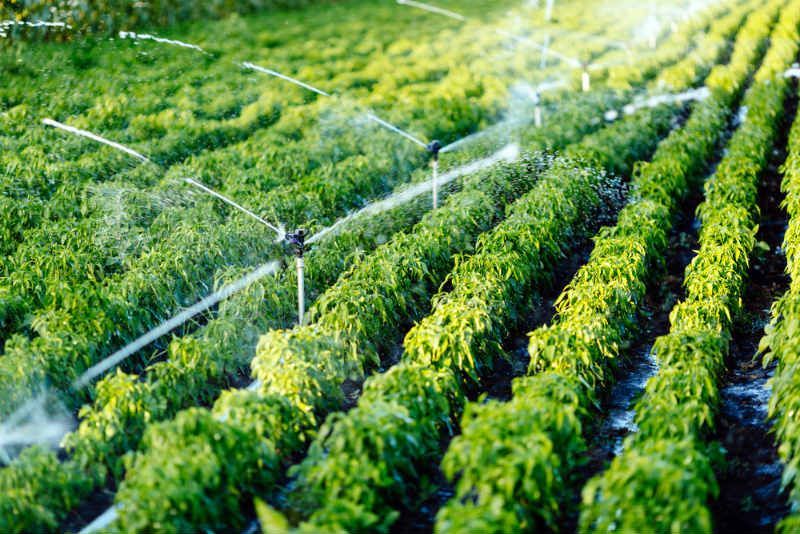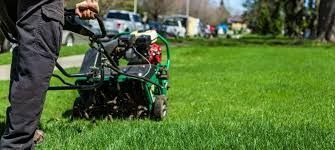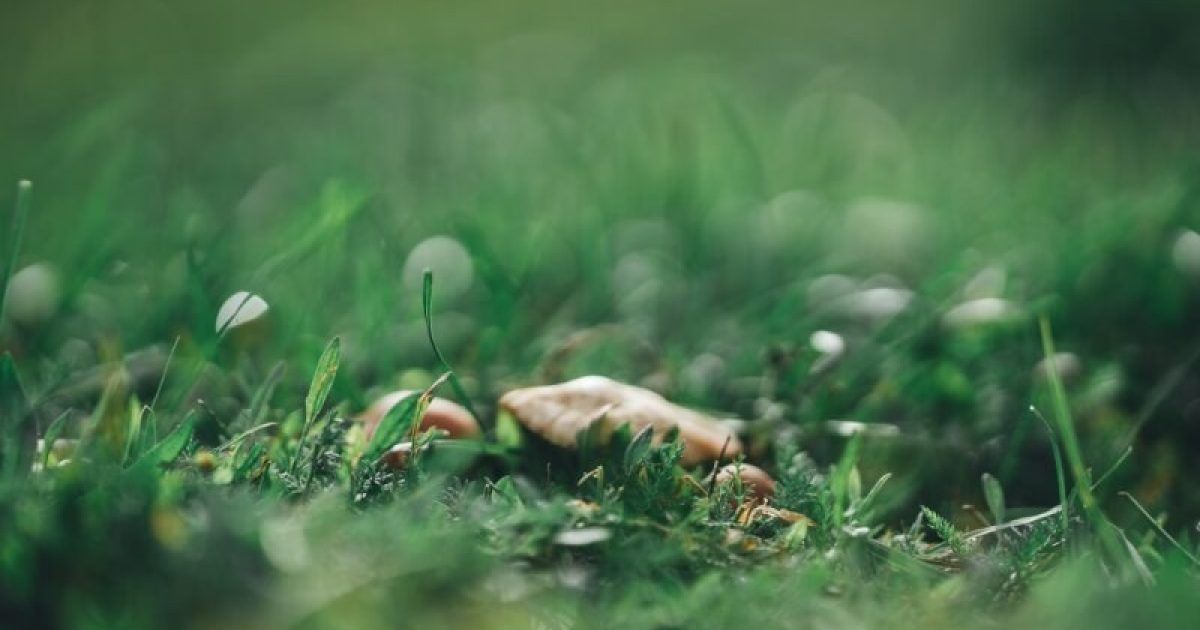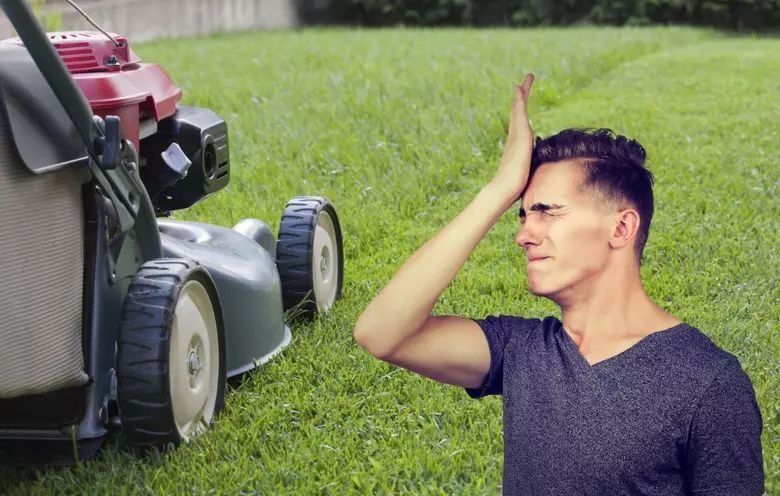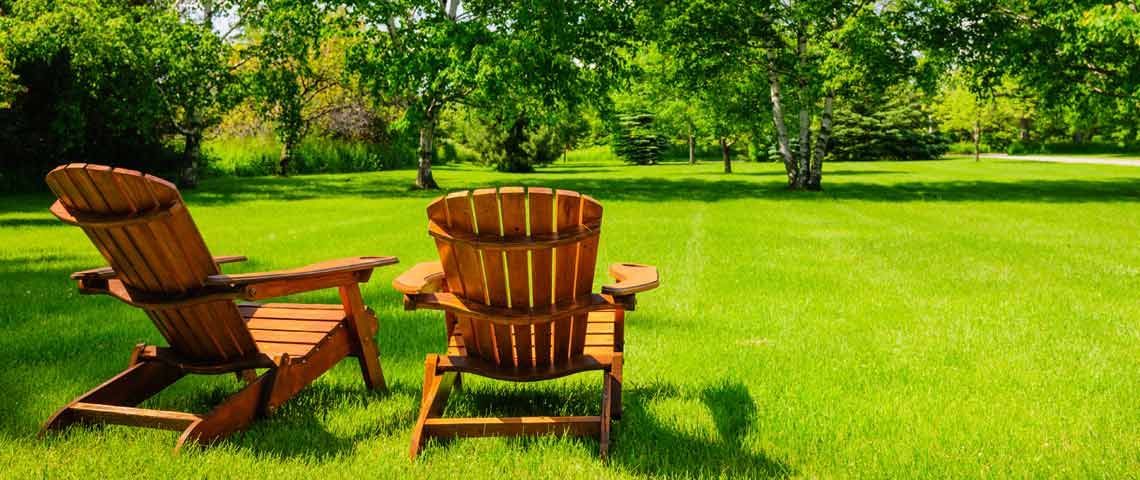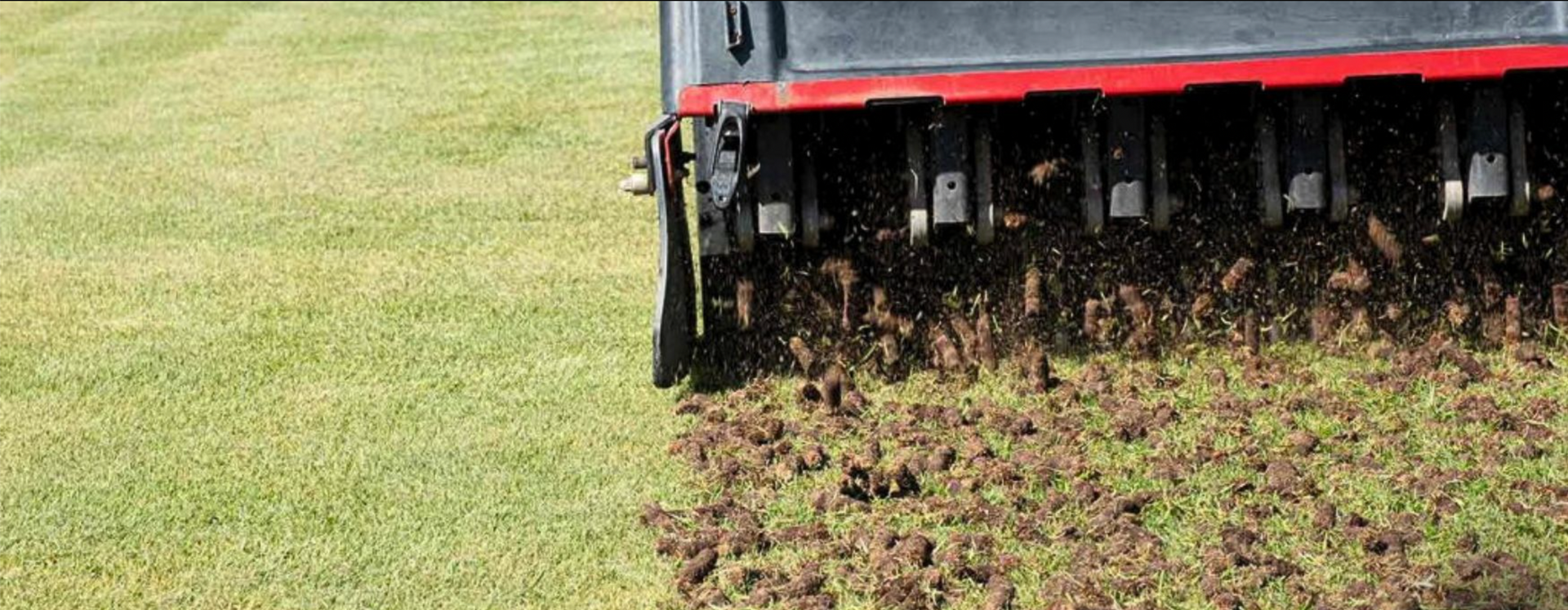Watering Tips for a Healthier Lawn: How Much, How Often, and When
Watering Tips for a Healthier Lawn: How Much, How Often, and When

At Nature’s View Lawnscapes, we know that water is essential for a healthy, green lawn—but when and how you water makes all the difference. Too much or too little can lead to shallow roots, disease, or dry patches. So, what’s the sweet spot? Let’s break it down.
How Much Should You Water Your Lawn?
The general rule for lawns in South Carolina is to provide 1 to 1.5 inches of water per week, including rainfall. That amount is just enough to keep the roots growing deep without saturating the soil.
💡 Pro Tip:
Use a rain gauge or a small tuna can placed in your yard while watering. Once it’s filled to about an inch, you’re good to go!
What’s the Best Time to Water?
The early morning hours—between 4 AM and 9 AM—are ideal. Temperatures are cooler, and the wind is calmer, so more water soaks into the soil rather than evaporating.
Avoid watering in the evening, as overnight moisture creates the perfect conditions for fungus and disease.
Common Watering Mistakes to Avoid
- Shallow, daily watering: This leads to weak, shallow roots.
- Watering at night: Promotes disease and mildew.
- Overwatering: Drowns roots and wastes water.
- Skipping watering during drought: Your lawn still needs hydration, even if it’s less frequent.
Leave It to the Lawn Pros
Consistent, proper watering combined with professional care makes a huge difference. At Nature’s View Lawnscapes, we offer customized lawn care programs—including fertilization, weed control, and expert advice—to keep your grass green, thick, and healthy year-round.
Let us help you achieve lawn perfection—without the guesswork. Contact us now!
